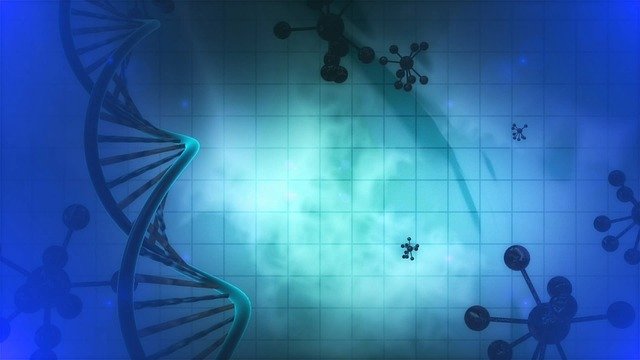15 years on: what have we learnt from the Human Genome Project?
“Revolutionise the diagnosis, prevention and treatment of most, if not all, human diseases”. This is how Bill Clinton described the significance of genome sequencing in 2000. However, it’s 20 years since then and none of us carry around a genome card or have doctors asking to see your genome when giving a diagnosis. The progression in using the sequenced genome in modern medicine has been much slower than expected.
At the start of the Human Genome Project (HGP) there were many predictions about its future uses. Scientists and the wider public believed that in 15-20 years it would transform how patients are diagnosed and treated.
The genome is a term used to describe all the DNA in an organism. Genome sequencing means finding out the exact order of the DNA sequence in nucleotides (A, T, C or G). The human genome has over three billion of these nucleotides. Consequently, sequencing is a long and complex process.
The primary focus of this project was to create a map of human DNA which can be used in all aspects of medicine.
The entire human genome has now been sequenced due to the HGP, representing a huge step forward in science. The project required an international team of researchers handling hundreds of samples of DNA from volunteers of various backgrounds. It ran from 1990 to 2003, giving an indication of just how many millions of genes there was to sequence.
The primary focus of this project was to create a map of human DNA which can be used in all aspects of medicine. It has provided a “manual” to every gene in the body and is now available to everybody worldwide.
Very few disorders are caused by a mutation in a single gene
The main reason why this has not been as successful as planned is due to the complex nature of most diseases. Very few disorders are caused by a mutation in a single gene. Most diseases are caused by a combination of mutations in many genes which interact amongst each other. This can also be affected by numerous environmental factors.
Gene therapy is a treatment which can alter a gene to remove the mutation and hence the disease. But due to the complexity of most diseases, this cannot be widely used. This is why, 17 years after the completion of the HGP, no one uses the genome to diagnose and treat diseases.
It is still much easier to provide well-known medication than to subject the patient to a gene therapy study. Complication in gene editing could be fatal. Messing with numerous genes in a person’s body can have unpredictable consequences and may not even eliminate the disease. Due to this, gene therapy will most likely never be used for the majority of modern diseases.
It has led to the genomes of over 4,000 other organisms being sequenced
Although the sequencing has not been used in traditional medicine as much as was predicted, it has many other benefits. For example, it has led to the genomes of over 4,000 other organisms being sequenced. This has allowed us to better understand evolution and create the tree of life which shows the relatedness of all organisms. Whilst this can be argued to be not as significant as treating complex diseases such as cancer, it is very important in other regions of biology.
It is very likely that the genome will prove to be very useful in the future of medicine. Work is currently being done to implement genomic data into the prevention of diseases. This means that if a person was found to have the mutations known to cause a specific disease, they could have treatment to prevent the disease from ever affecting them. This would be a great advantage to both the individual and the healthcare system which is very much overworked.
Whilst not every use has been fully developed yet, I am sure this will happen. 13 years and $2.7 billion has not been a waste as we will continue to learn from the human genome for centuries to come.

Comments